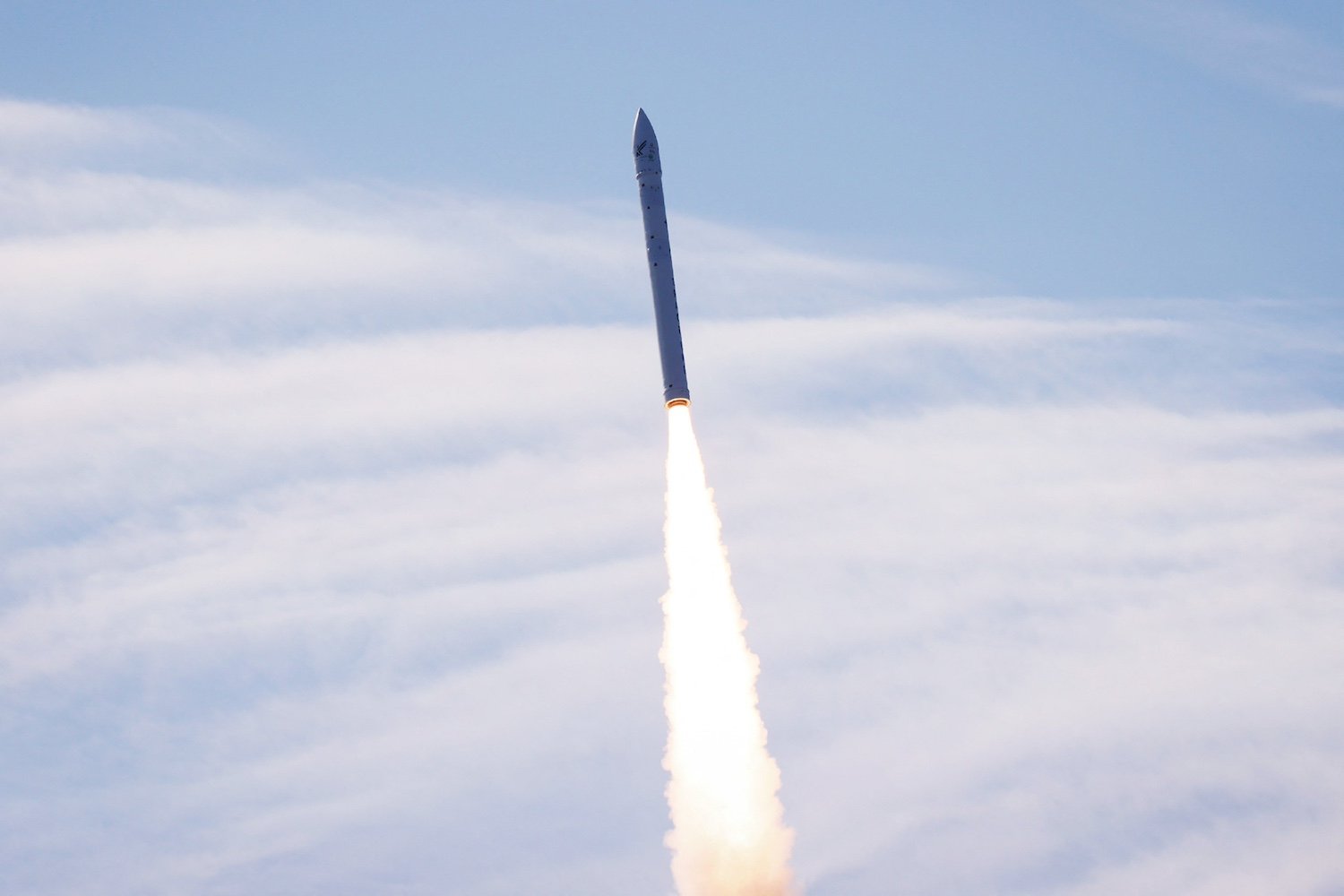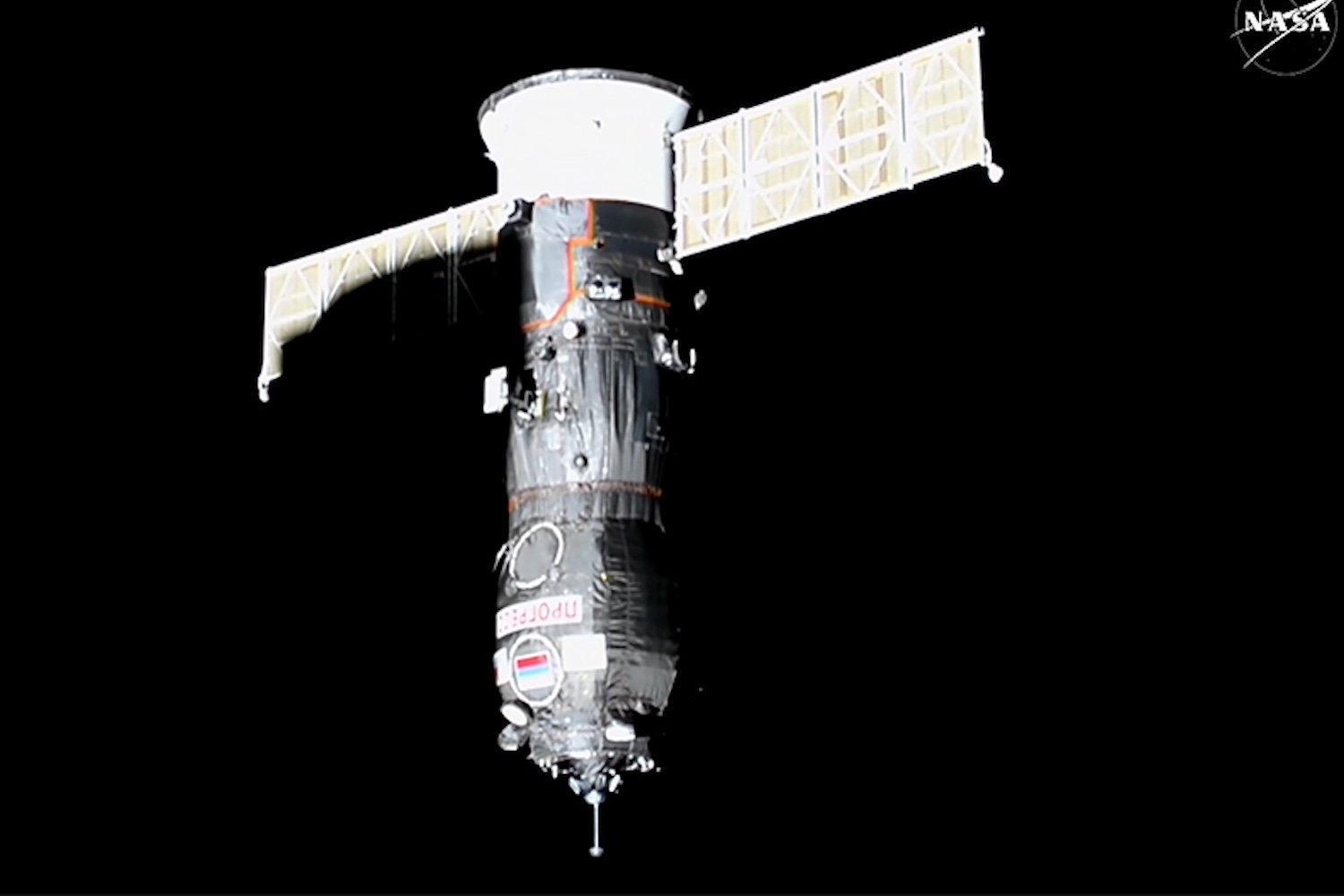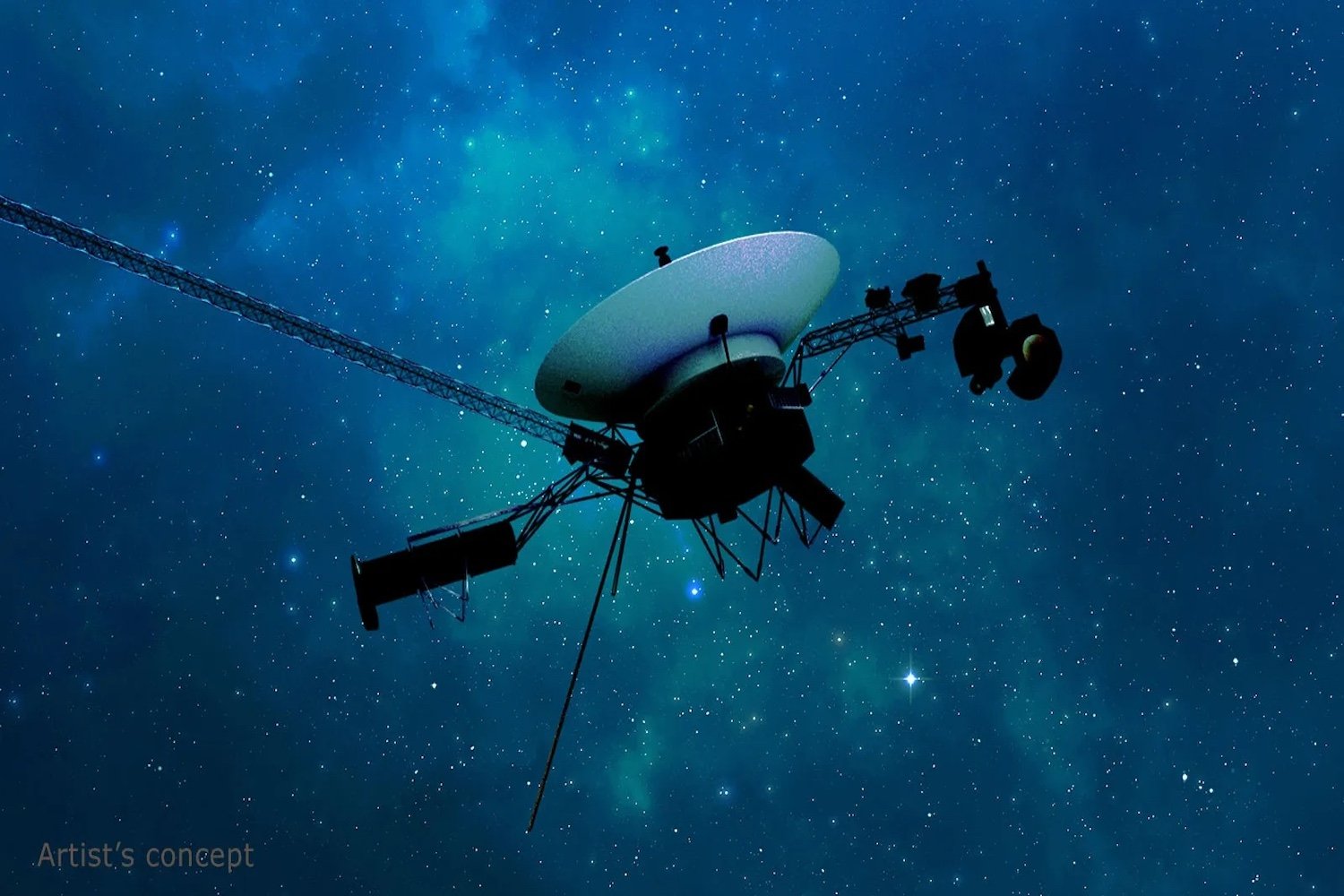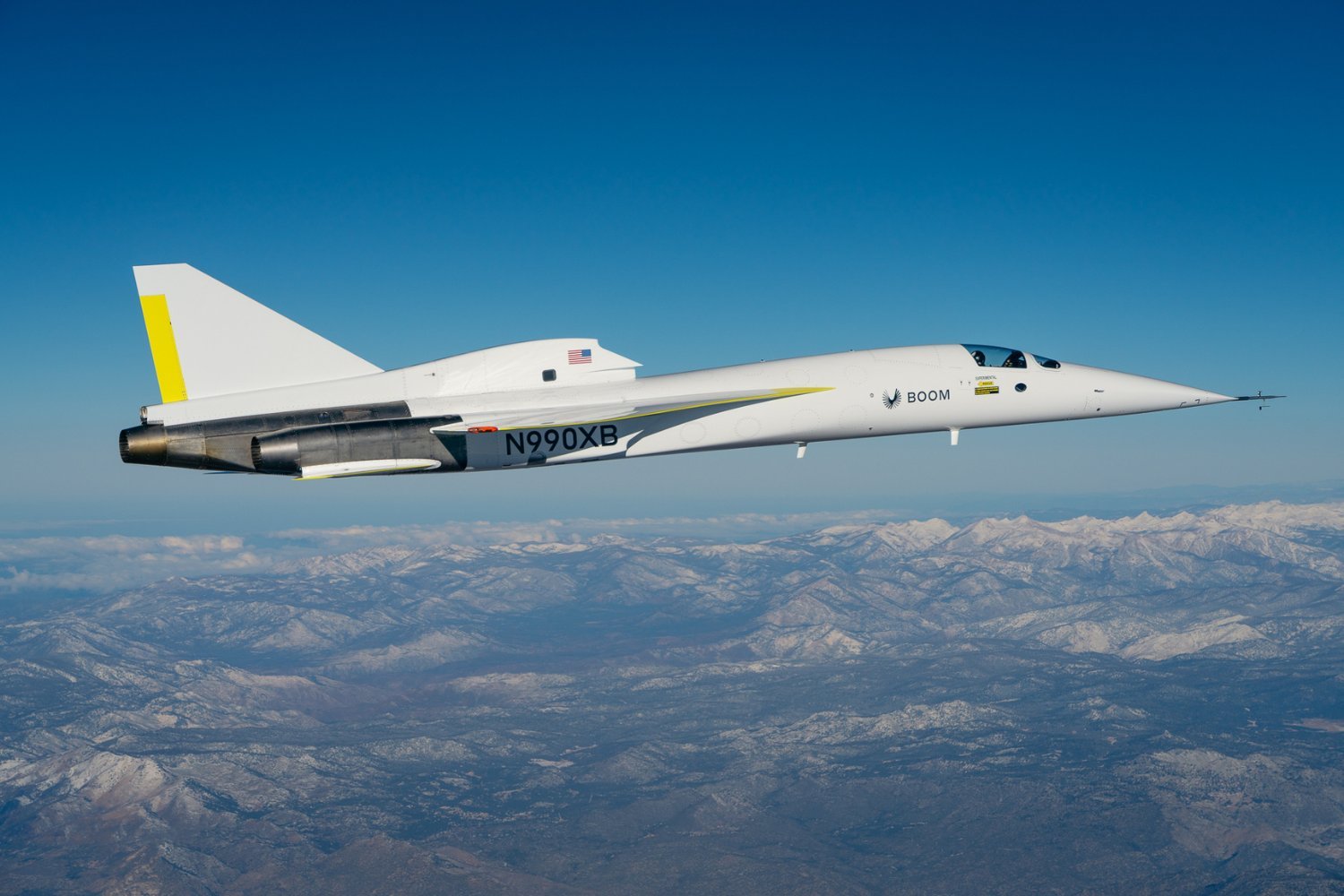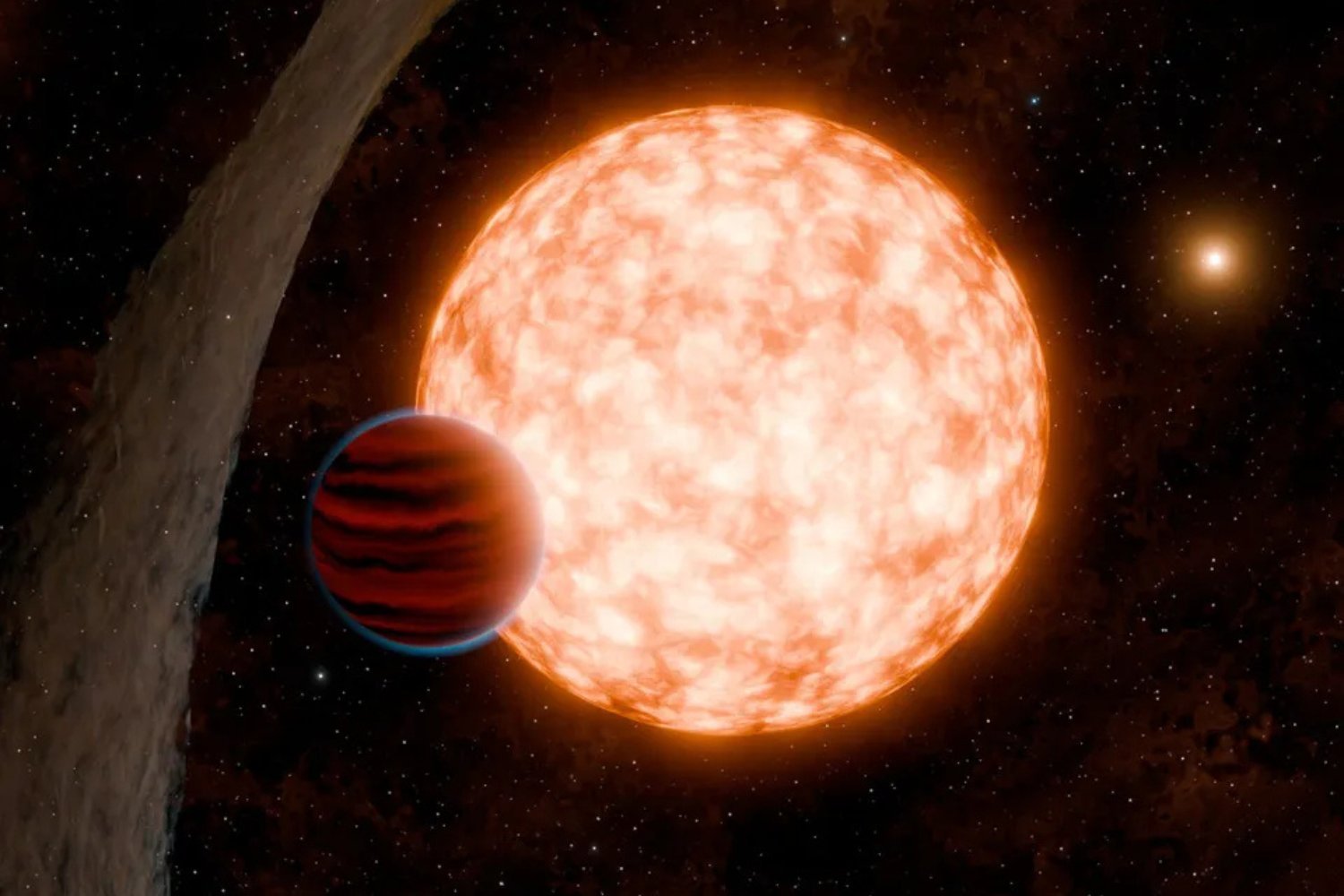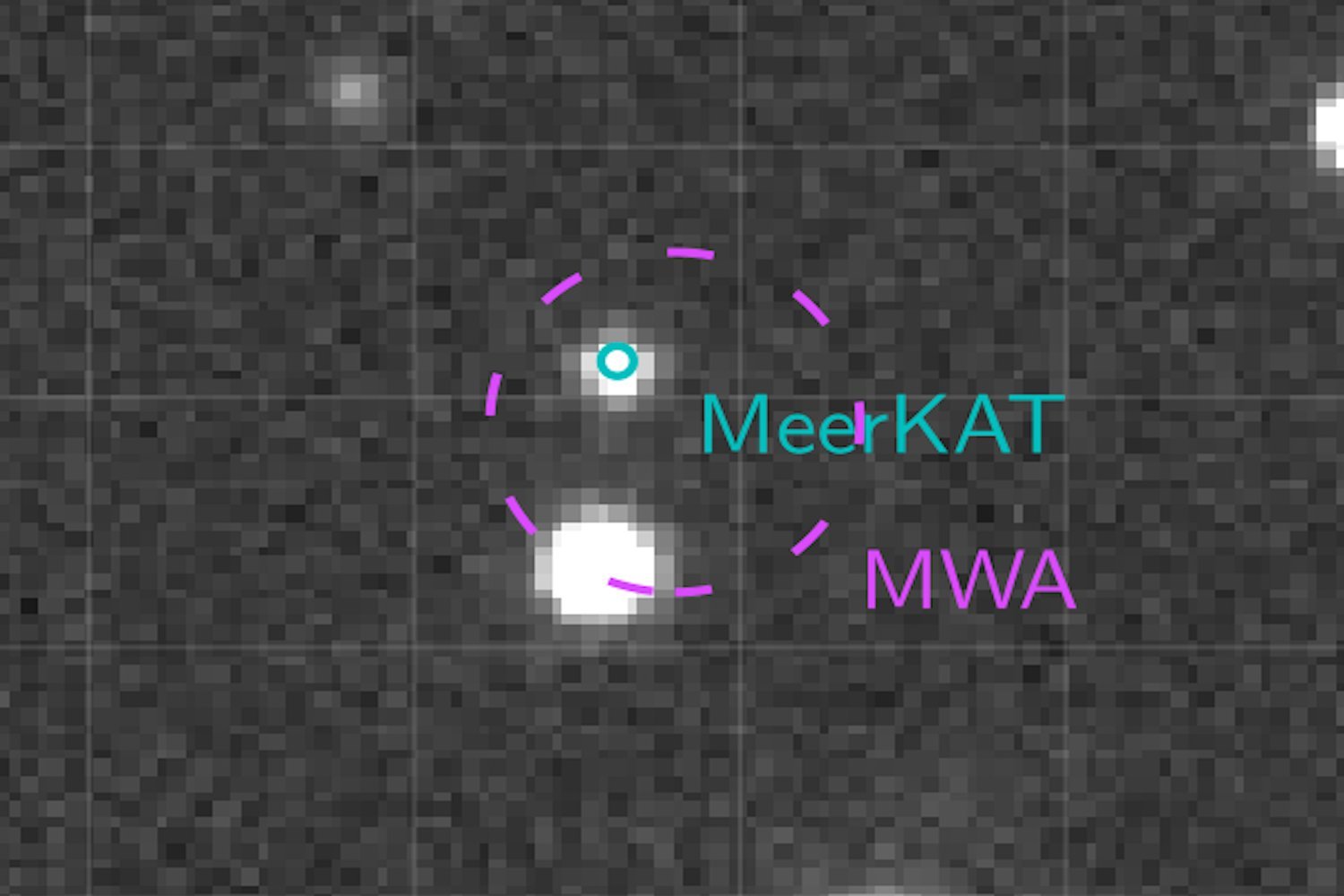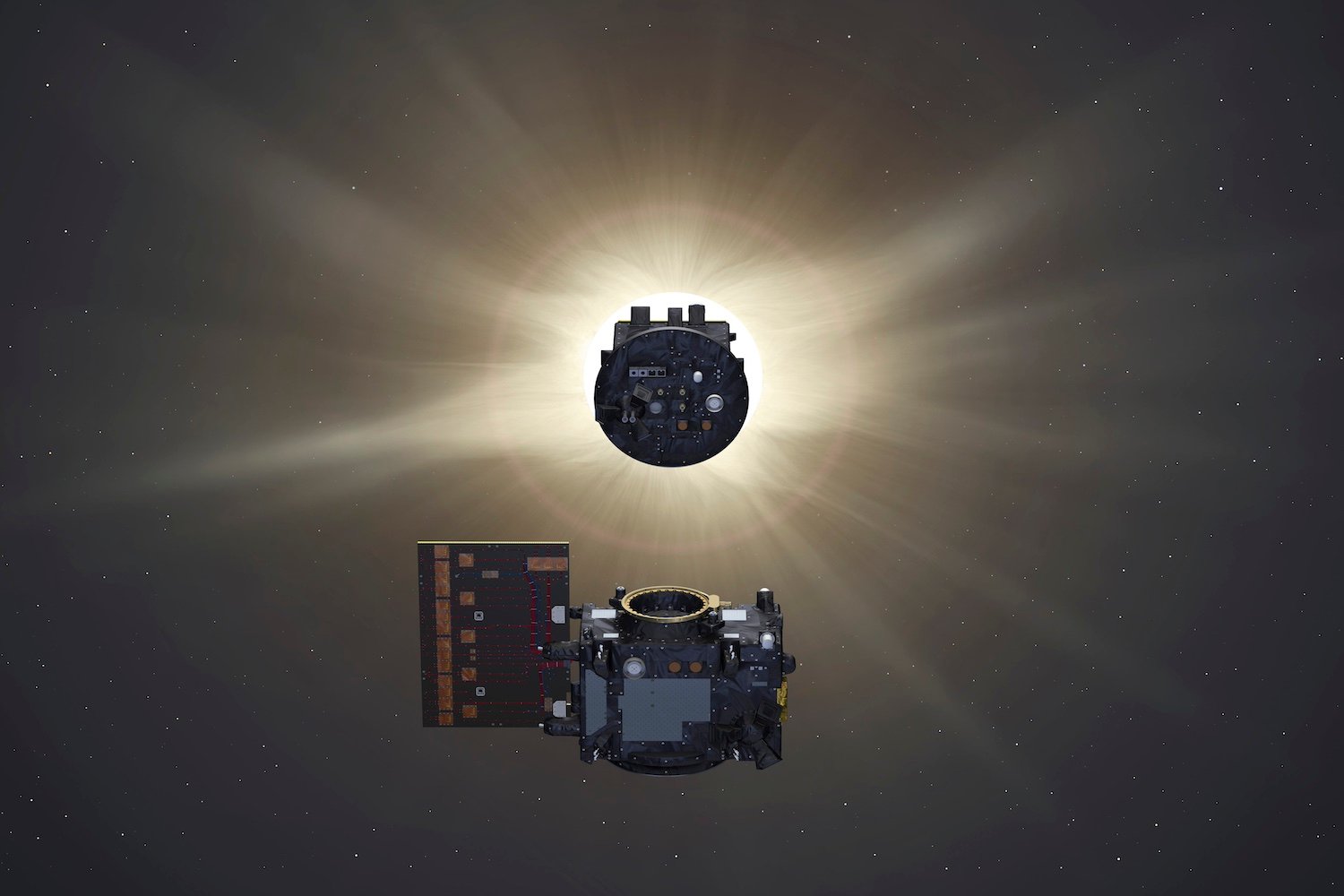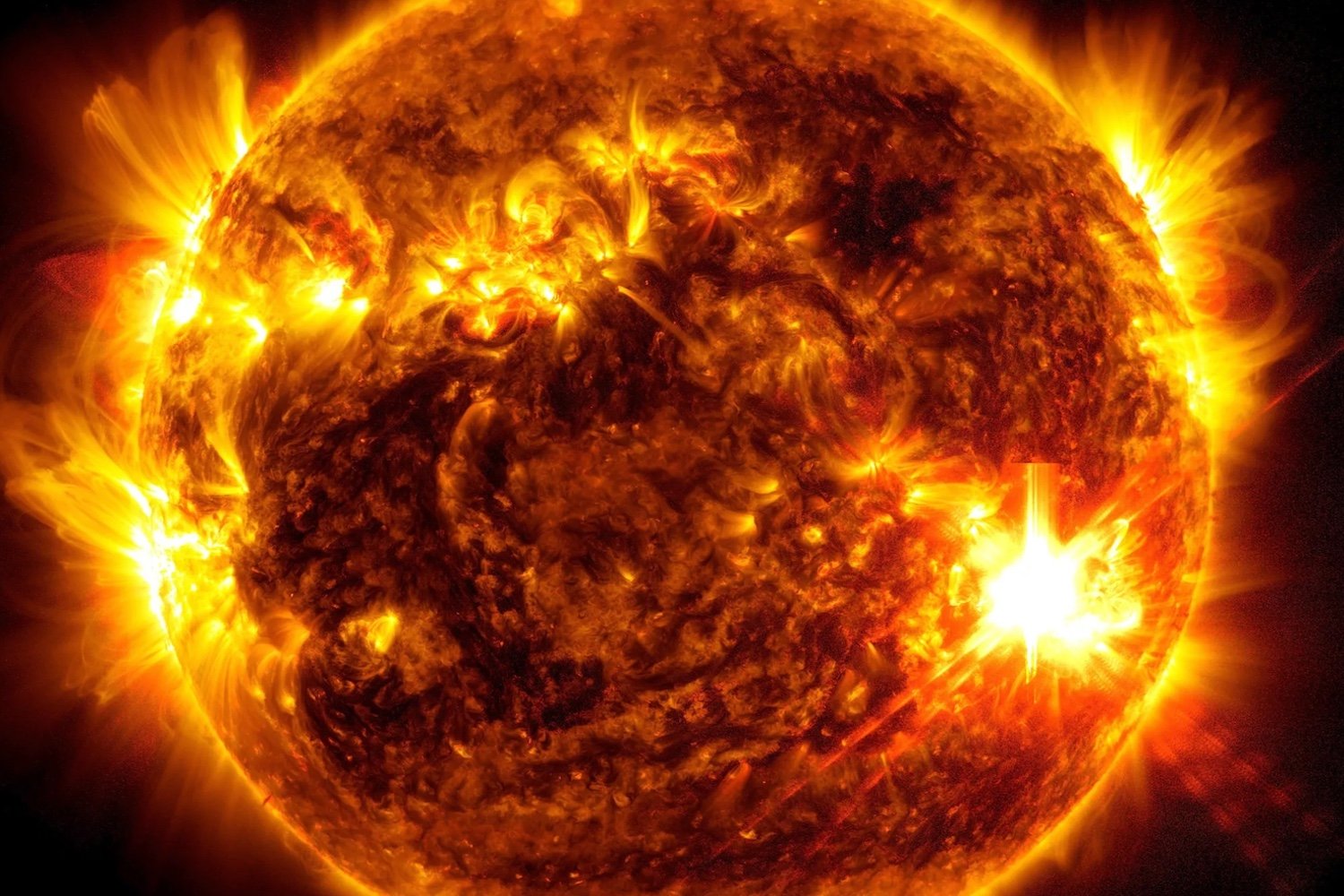Japan’s private space industry suffered another setback on Wednesday when Space One’s Kairos rocket spiraled out of control and self-destructed minutes after liftoff from the Spaceport Kii launch pad in Kushimoto, Wakayama Prefecture. This marks the second failed launch attempt for the Kairos rocket this year, dealing a blow to Japan’s ambitions in the commercial space sector.
The launch initially appeared successful, but approximately two minutes into the flight, Kairos lost attitude control and began tumbling downwards. Space One director Mamoru Endo explained in a post-launch briefing that the rocket’s autonomous self-destruct system was activated after detecting anomalies in the first-stage engine nozzle control and the rocket’s trajectory, as reported by Reuters.
This mission carried five small satellites from various organizations, including the Taiwan Space Agency, and Japanese companies Lagrapo, Space Cubics, and Terra Space. A fifth, unnamed customer also had a payload on board. Space One had aimed to become the first Japanese commercial firm to independently place satellites into Earth orbit, a feat previously accomplished by Japan’s space agency, JAXA, in collaboration with companies like Mitsubishi Heavy Industries.
The first Kairos launch attempt in March also ended in failure when the rocket exploded seconds after liftoff, also from the Wakayama prefecture launch site. That failure was attributed to anomalous flight settings triggering the self-destruct system. The payload on that mission was an experimental satellite for the Japanese government.
The three-stage Kairos rocket, designed to deliver payloads of up to 550 pounds (250 kilograms) to low Earth orbit, utilizes solid-fuel engines and a liquid-fuel post-boost stage. Standing at 59 feet (18 meters) tall, Kairos represents Space One’s ambition to compete with established players like SpaceX and Rocket Lab by offering rapid and affordable satellite launch services. The company’s long-term goal, as reported by Kyodo News, is to achieve an annual launch rate of 30 rockets by the 2030s. This latest setback will undoubtedly impact that timeline, although the Kairos rocket’s design, similar to Rocket Lab’s Electron, suggests such a cadence might eventually be feasible.
Despite the disappointment, Space One president Masakazu Toyoda emphasized the value of the data and experience gained from the failed launch, stating, “We do not regard this event as a failure,” as reported by AFP. He expressed confidence that the insights gained will contribute to future success.
JAXA, Japan’s space agency, is also striving to establish its presence in the evolving space industry. After an initial setback, JAXA successfully launched its H3 rocket on a second attempt in February. However, the agency experienced another failure with the explosion of its Epsilon S rocket during a test in late November. These events highlight the challenges inherent in rocket development and the complex landscape of the global space race.



